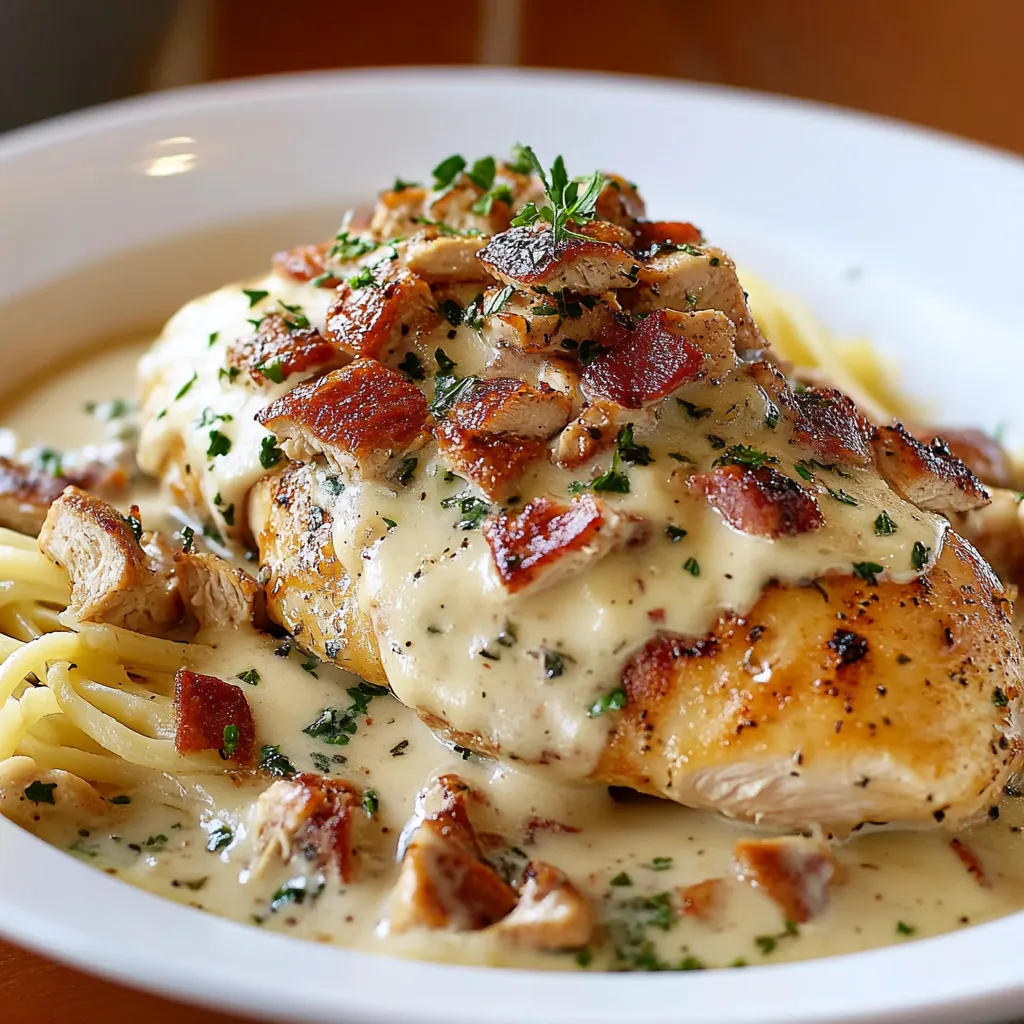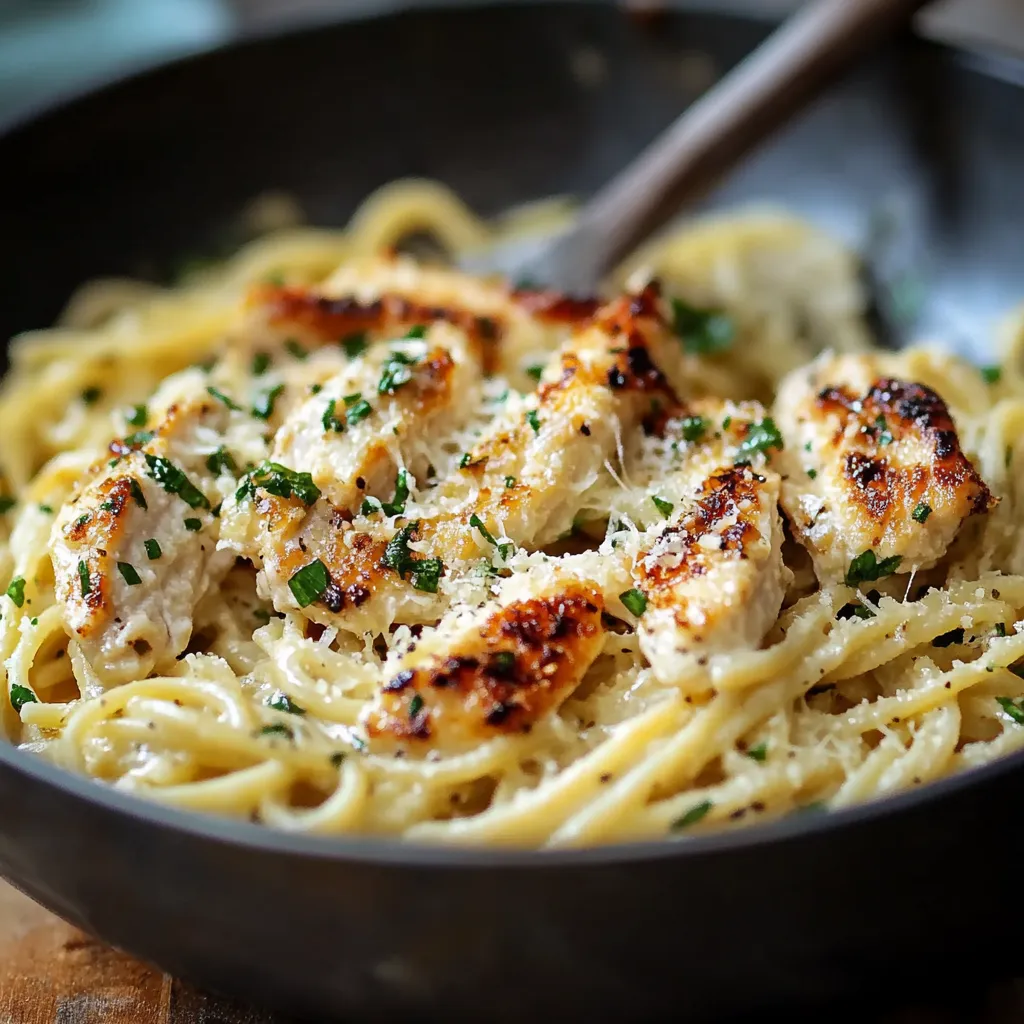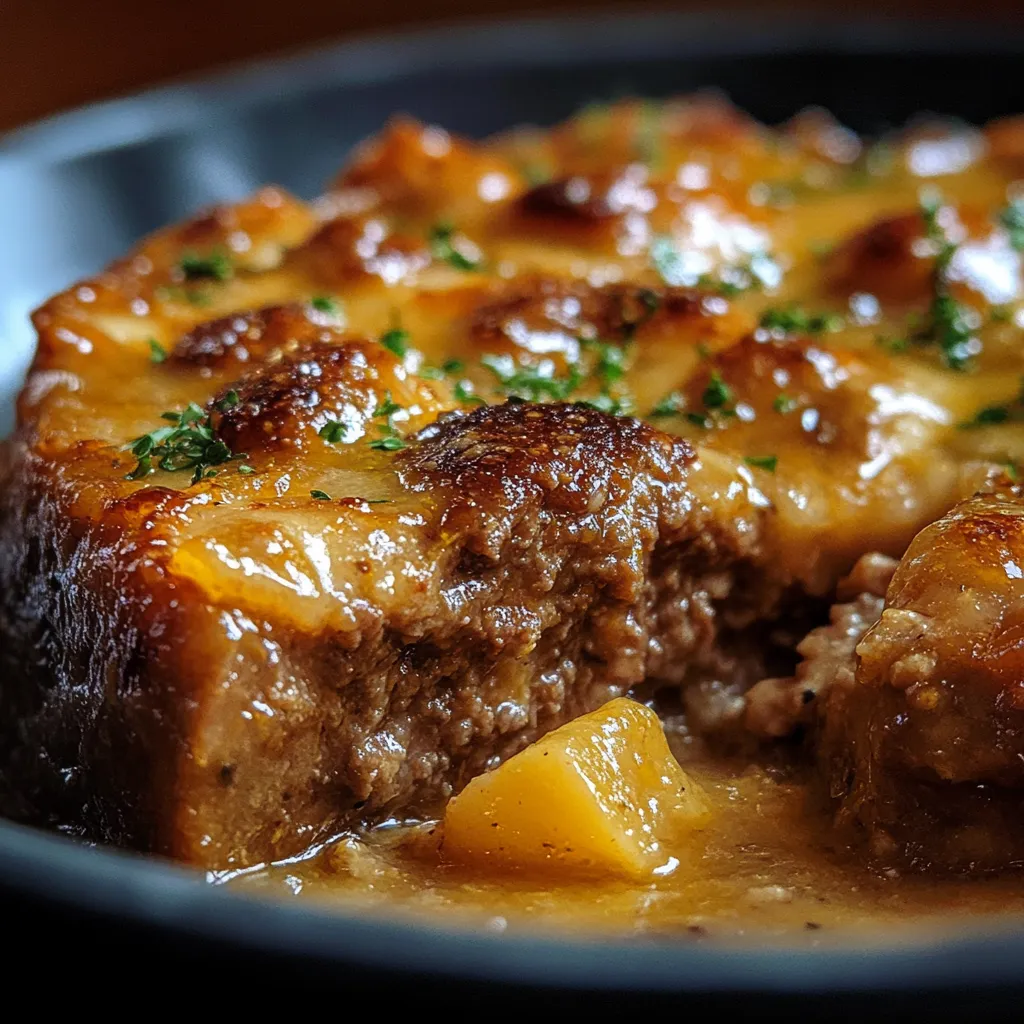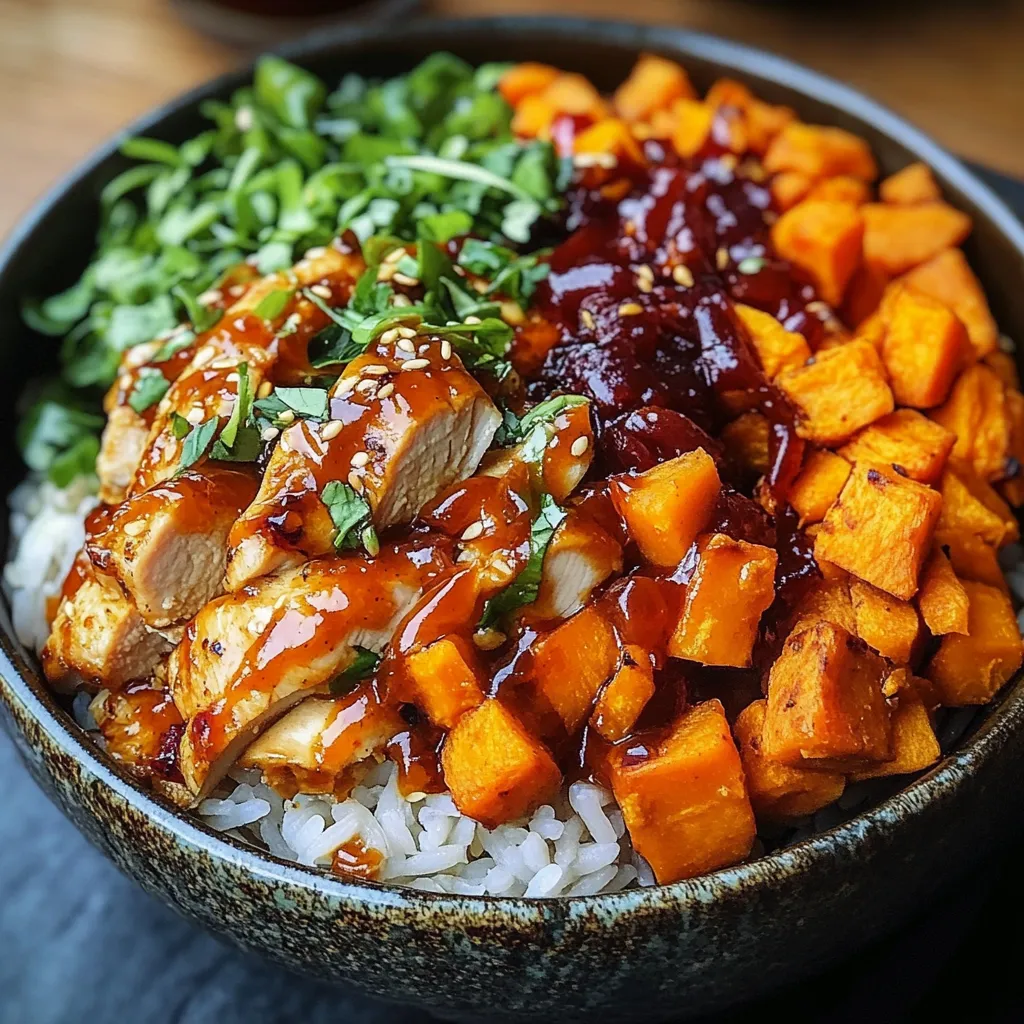Unlocking Umami: The Science Behind Korean Beef Noodles
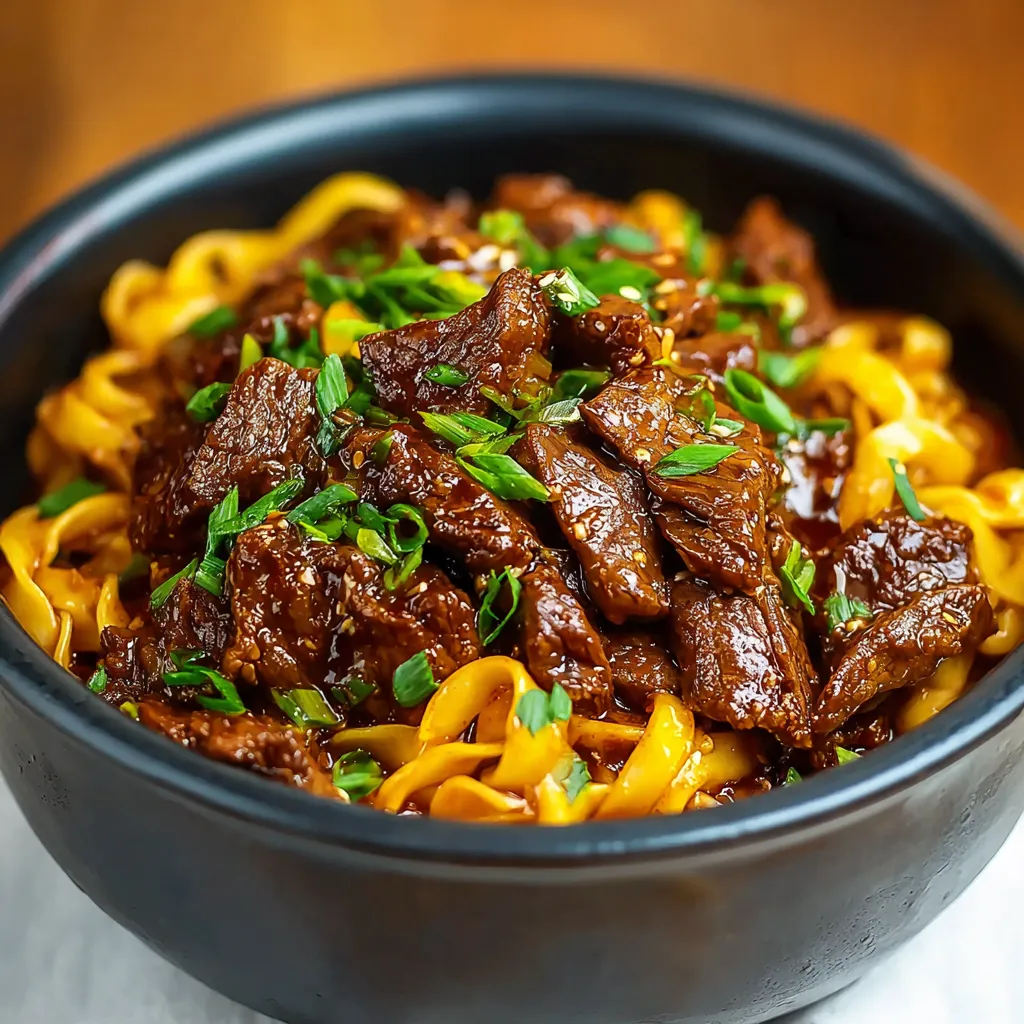 The magic of Korean Beef Noodles lies in the harmonious interplay of several key scientific principles, primarily focusing on flavor development. First, there’s the Maillard reaction, the chemical reaction between amino acids and reducing sugars that gives browned foods their distinctive flavor. Achieving a good sear on the beef is critical for this, as it creates hundreds of flavor compounds. However, we’re not just talking about simple browning; we need deep, complex flavors.
Secondly, fermentation plays a HUGE role. Korean cuisine is built upon fermented ingredients like gochujang (fermented chili paste), gochugaru (Korean chili flakes), and soy sauce. These ingredients contribute glutamates, which are naturally occurring amino acids that trigger the umami taste receptor, giving the dish its savory depth. Gochujang, in particular, adds a sweet, spicy, and intensely umami note that can’t be replicated.
Finally, think about textural contrast. The tenderness of the beef needs to contrast with the chewiness of the noodles. Overcooked beef becomes tough and dry, while mushy noodles are simply unappetizing. Careful timing and attention to detail are essential to achieve the perfect balance. Like the Egg Roll In A Bowl, this dish requires careful ingredient management.
The magic of Korean Beef Noodles lies in the harmonious interplay of several key scientific principles, primarily focusing on flavor development. First, there’s the Maillard reaction, the chemical reaction between amino acids and reducing sugars that gives browned foods their distinctive flavor. Achieving a good sear on the beef is critical for this, as it creates hundreds of flavor compounds. However, we’re not just talking about simple browning; we need deep, complex flavors.
Secondly, fermentation plays a HUGE role. Korean cuisine is built upon fermented ingredients like gochujang (fermented chili paste), gochugaru (Korean chili flakes), and soy sauce. These ingredients contribute glutamates, which are naturally occurring amino acids that trigger the umami taste receptor, giving the dish its savory depth. Gochujang, in particular, adds a sweet, spicy, and intensely umami note that can’t be replicated.
Finally, think about textural contrast. The tenderness of the beef needs to contrast with the chewiness of the noodles. Overcooked beef becomes tough and dry, while mushy noodles are simply unappetizing. Careful timing and attention to detail are essential to achieve the perfect balance. Like the Egg Roll In A Bowl, this dish requires careful ingredient management.
The Ultimate Korean Beef Noodles Recipe
This recipe is the culmination of countless experiments and adjustments. It’s designed to be approachable for home cooks while still delivering restaurant-quality results.Ingredients:
- For the Beef:
- 1.5 lbs Beef Sirloin, thinly sliced against the grain
- 2 tbsp Soy Sauce
- 1 tbsp Brown Sugar
- 1 tbsp Sesame Oil
- 2 cloves Garlic, minced
- 1 tsp Ginger, minced
- 1/2 tsp Black Pepper
- For the Broth:
- 8 cups Beef Broth
- 2 tbsp Gochujang
- 1 tbsp Gochugaru
- 2 tbsp Soy Sauce
- 1 tbsp Mirin (or Rice Wine)
- 1 tbsp Sesame Oil
- 1 tsp Sugar
- 1/2 tsp Fish Sauce (optional, but adds depth)
- 2 Green Onions, chopped (white parts only)
- For the Noodles:
- 12 oz Fresh or Dried Wheat Noodles (Udon or Korean Noodles recommended)
- Garnish:
- Green Onion, sliced (green parts)
- Sesame Seeds
- Kimchi (optional)
- Soft Boiled Egg (optional)
Instructions:
- Marinate the Beef: In a bowl, combine the thinly sliced beef with soy sauce, brown sugar, sesame oil, minced garlic, minced ginger, and black pepper. Mix well and let it marinate for at least 30 minutes, or up to 2 hours in the refrigerator.
- Prepare the Broth: In a large pot or Dutch oven, combine the beef broth, gochujang, gochugaru, soy sauce, mirin, sesame oil, sugar, fish sauce (if using), and white parts of the green onions. Bring to a simmer over medium heat, stirring until the gochujang is fully dissolved. Taste and adjust seasoning as needed.
- Cook the Noodles: While the broth is simmering, cook the noodles according to package directions. Drain well and set aside. If using dried noodles, be careful not to overcook them.
- Sear the Beef: In a large skillet or wok, heat a tablespoon of oil over high heat. Add the marinated beef in a single layer (work in batches if necessary to avoid overcrowding the pan). Sear the beef for 1-2 minutes per side, until browned and cooked through. Remove from the skillet and set aside.
- Assemble the Noodles: Divide the cooked noodles among bowls. Ladle the hot broth over the noodles. Top with the seared beef, sliced green onions, sesame seeds, kimchi (if using), and a soft-boiled egg (if using).
- Serve Immediately: Enjoy your homemade Korean Beef Noodles while they are hot and flavorful.
My Korean Beef Noodle Investigation: A Culinary Confession
My journey to mastering Korean Beef Noodles was far from linear. There were many twists, turns, and (frankly) some pretty inedible results along the way. I’ll chronicle the key experiments and what I learned.The First Fiasco: Flavorless and Forgettable
My first few attempts were a disaster. I underestimated the importance of the marinade and the quality of the beef broth. The beef was bland and tough, the broth tasted watered-down, and the overall experience was utterly forgettable. Like my first shot at Pepper Steak Recipe, it lacked depth. I was using low-sodium broth and generic soy sauce, and I barely let the beef marinate. The result? A sad, pale imitation of the Korean Beef Noodles I craved.The Gochujang Revelation: An “Aha!” Moment
Then, I had an “Aha!” moment. I realized I was skimping on the key ingredient: gochujang. I had been using a tiny amount, afraid of making the dish too spicy. But gochujang isn’t just about heat; it’s about umami. I splurged on a high-quality gochujang (make sure to look for the “Sunchang” variety, which is considered the best). I also discovered gochugaru, which adds a different kind of heat and complexity. Suddenly, the broth had depth, character, and that addictive savory flavor I was searching for.The Beef Brouhaha: Tenderizing Techniques
Next, I tackled the beef issue. Like many of you, I initially thought that any cut of beef would work. Wrong! Tough, chewy beef can ruin the entire dish. I experimented with different cuts, from flank steak to skirt steak, but sirloin, thinly sliced against the grain, proved to be the most consistently tender and flavorful. The key is the thin slicing, which shortens the muscle fibers and makes the beef more tender. Marinating the beef for at least 30 minutes also helps to break down the fibers and infuse it with flavor. I also played with kiwi and other natural tenderizers, but ultimately found they weren’t necessary with proper slicing and marinating.Noodle Navigation: The Quest for Chewiness
Finally, I turned my attention to the noodles. Initially, I used spaghetti, which was a terrible mistake. The texture was all wrong. I then tried different types of Asian noodles, including ramen and soba, but they didn’t quite hit the mark. Udon noodles, with their thick, chewy texture, turned out to be the perfect choice. I also discovered Korean wheat noodles, which are similar to udon but slightly thinner. Fresh noodles are always best, but dried noodles can work in a pinch. Just be careful not to overcook them! This is similar to the noodle choice in Chicken Lo Mein Recipe, where the right noodle is crucial.The Foolproof Formula: Mastering Korean Beef Noodles
After countless iterations, I’ve distilled the process down to a simple, foolproof method. Follow these steps, and you’ll be on your way to Korean Beef Noodle perfection:- Choose the Right Beef: Opt for sirloin, thinly sliced against the grain.
- Marinate Generously: Don’t skimp on the marinade. At least 30 minutes, up to 2 hours, is ideal.
- Embrace Gochujang: Use high-quality gochujang liberally. It’s the heart and soul of the broth.
- Build Flavor in Layers: Don’t just rely on gochujang. Add gochugaru, soy sauce, mirin, and fish sauce (optional) to create a complex and balanced flavor profile.
- Sear for Success: Sear the beef over high heat for maximum flavor and tenderness. Don’t overcrowd the pan.
- Noodle Nirvana: Choose thick, chewy noodles like udon or Korean wheat noodles. Cook them al dente.
- Garnish with Gusto: Don’t forget the green onions, sesame seeds, and kimchi (if using). They add texture, flavor, and visual appeal.
What makes gochujang so important in Korean Beef Noodles?
Gochujang is a fermented chili paste that contributes a sweet, spicy, and intensely umami flavor to the broth. It’s not just about heat; it provides savory depth that is essential to the dish.
What is the best type of beef to use for Korean Beef Noodles, and how should it be prepared?
Sirloin, thinly sliced against the grain, is the best choice. Thinly slicing shortens the muscle fibers, making the beef more tender. Marinating for at least 30 minutes further tenderizes and infuses it with flavor.
What kind of noodles are recommended for Korean Beef Noodles, and how should they be cooked?
Thick, chewy noodles like udon or Korean wheat noodles are recommended. They should be cooked al dente to avoid becoming mushy.
What are some key flavor components beyond Gochujang, to create a great broth?
Besides Gochujang, Gochugaru, soy sauce, mirin, and optional fish sauce are recommended to build a complex and balanced flavor profile.
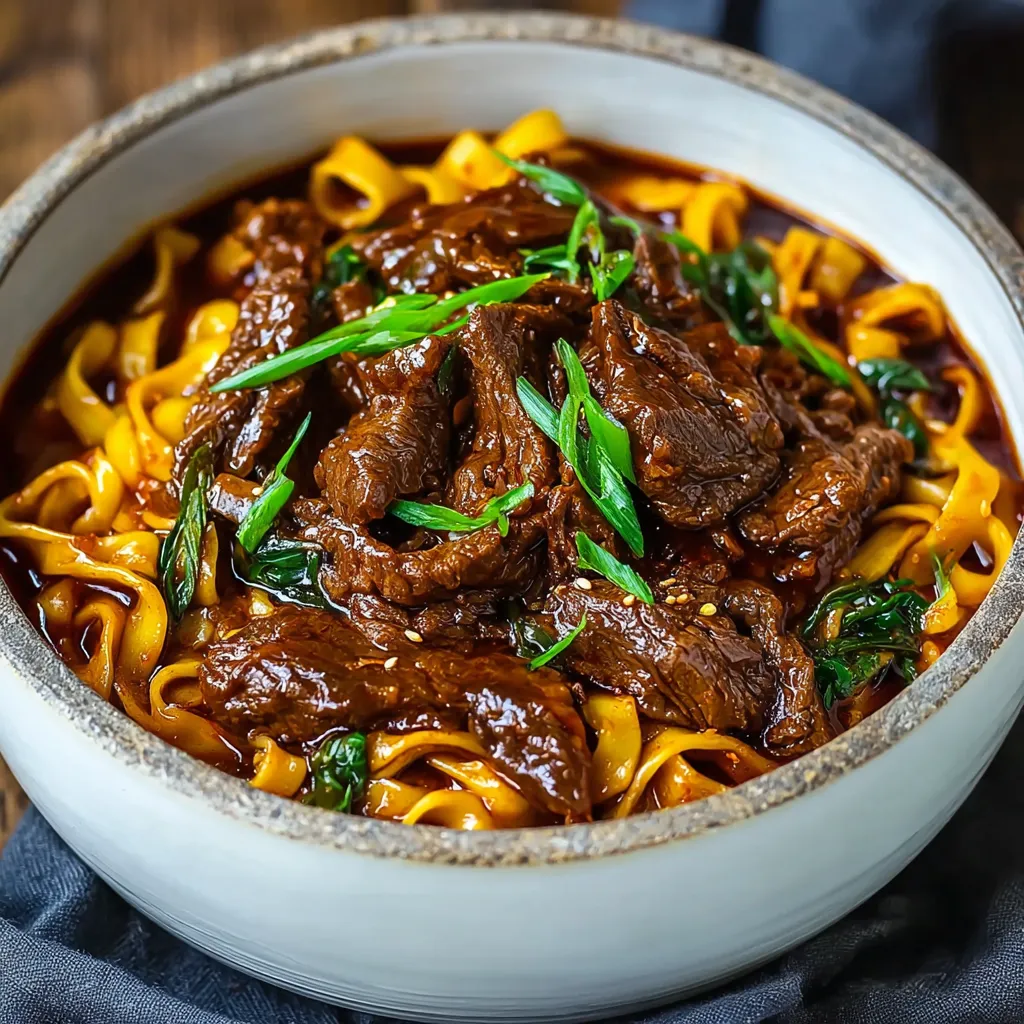
Best Korean Beef Noodles Ever
Ingredients
Equipment
Method
- Marinate the Beef: In a bowl, combine the thinly sliced beef with soy sauce, brown sugar, sesame oil, minced garlic, minced ginger, and black pepper. Mix well and let it marinate for at least 30 minutes, or up to 2 hours in the refrigerator.
- Prepare the Broth: In a large pot or Dutch oven, combine the beef broth, gochujang, gochugaru, soy sauce, mirin, sesame oil, sugar, fish sauce (if using), and white parts of the green onions. Bring to a simmer over medium heat, stirring until the gochujang is fully dissolved. Taste and adjust seasoning as needed.
- Cook the Noodles: While the broth is simmering, cook the noodles according to package directions. Drain well and set aside. If using dried noodles, be careful not to overcook them.
- Sear the Beef: In a large skillet or wok, heat a tablespoon of oil over high heat. Add the marinated beef in a single layer (work in batches if necessary to avoid overcrowding the pan). Sear the beef for 1-2 minutes per side, until browned and cooked through. Remove from the skillet and set aside.
- Assemble the Noodles: Divide the cooked noodles among bowls. Ladle the hot broth over the noodles. Top with the seared beef, sliced green onions, sesame seeds, kimchi (if using), and a soft-boiled egg (if using).
- Serve Immediately: Enjoy your homemade Korean Beef Noodles while they are hot and flavorful.

